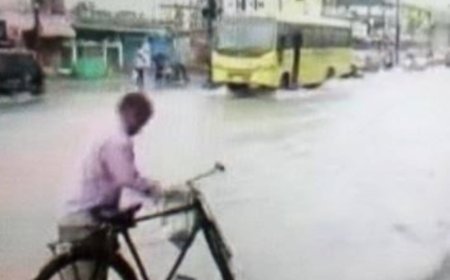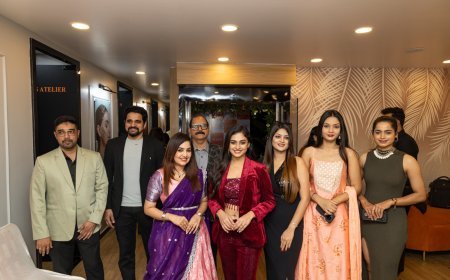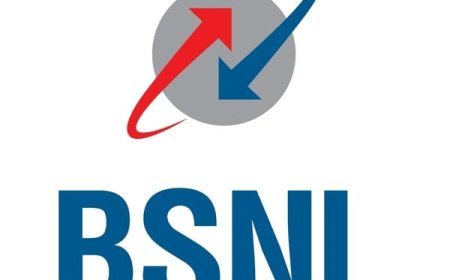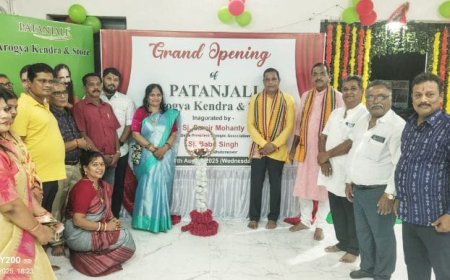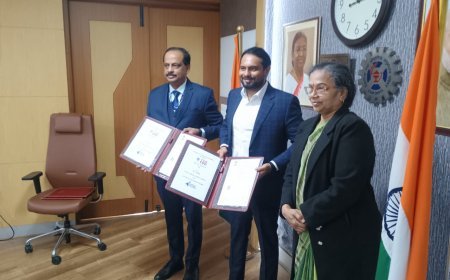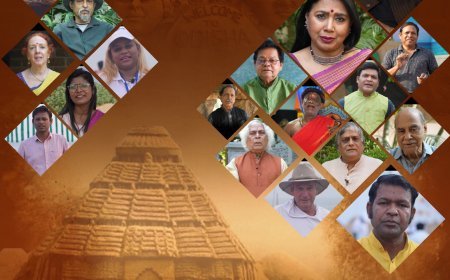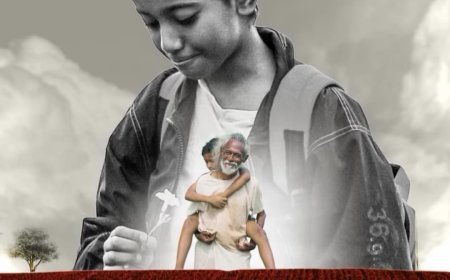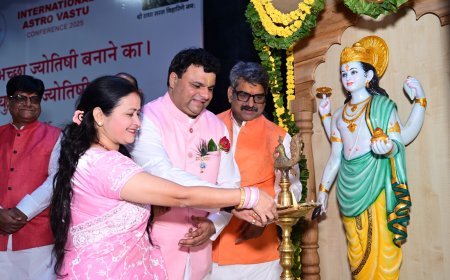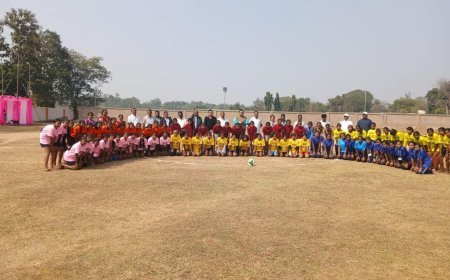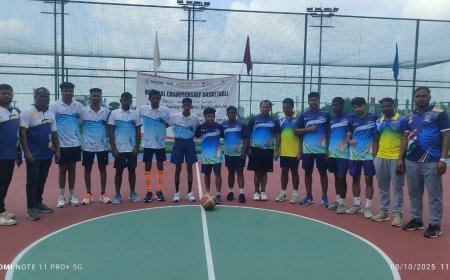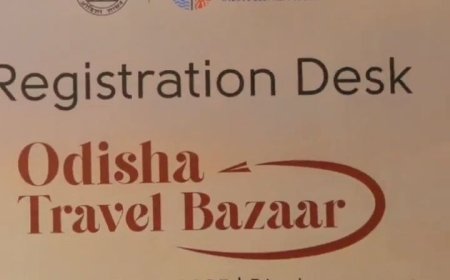Education in the Digital Age: Bridging the Gap Between Theory and Practice
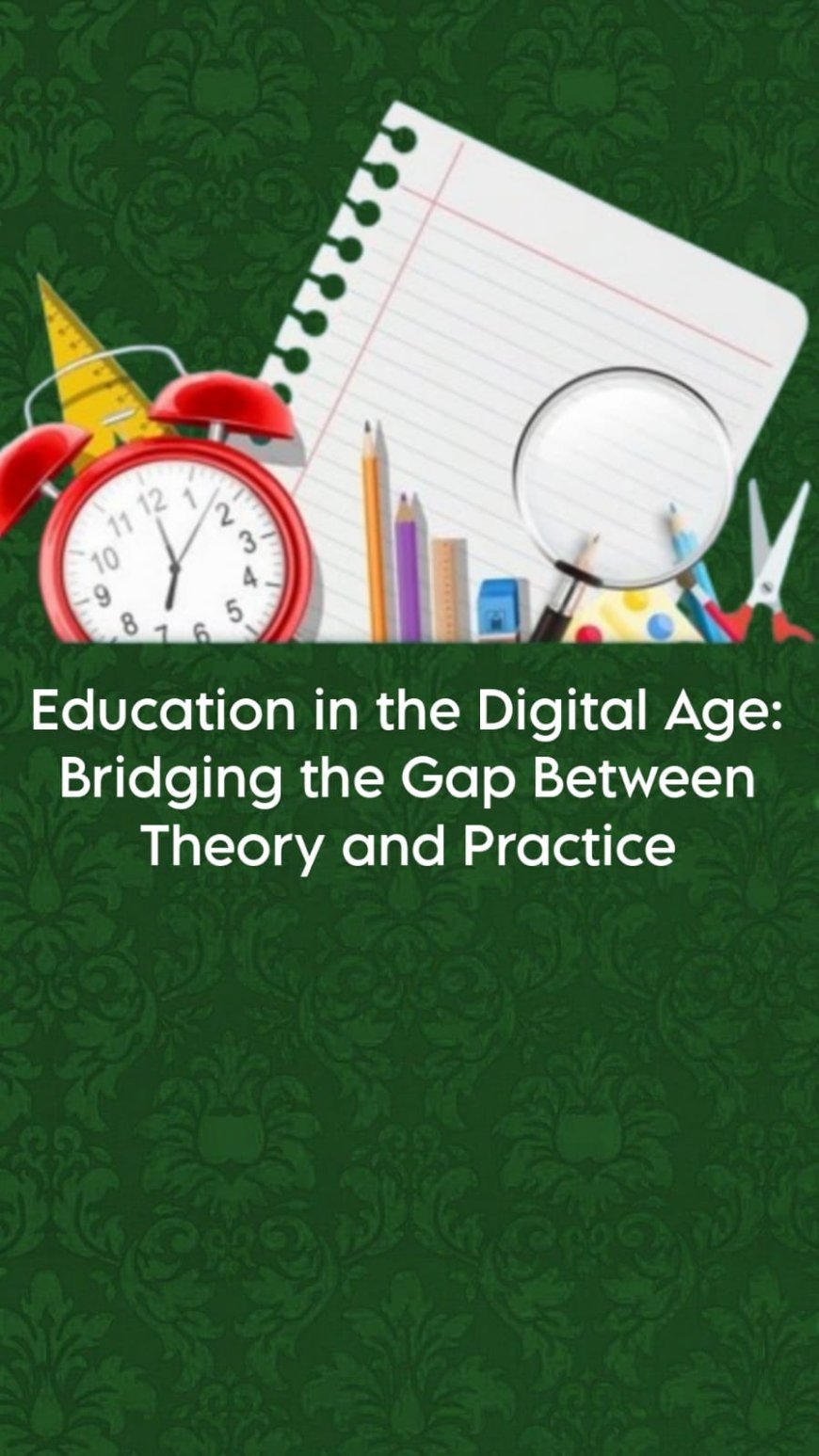
By
Sanjay pattnayak
The modern world has witnessed a seismic shift in how children engage with technology. Today, even toddlers, without knowing the English alphabet, can effortlessly operate mobile phones. They recognize icons and intuitively choose applications based on their preferences, often outpacing adults from older generations who grew up with black-and-white books and without the colorful world of gadgets. This stark contrast is a reflection of the vast differences between past and present educational environments, where technology plays an increasingly dominant role.
In the past, our learning experiences were grounded in simplicity. We wrote compositions on topics like "The Cow," a tradition passed down from generation to generation. The cow was a familiar part of our daily lives, present in our households, making it easy to describe and understand. Today, however, many students, particularly in urban areas, have no direct connection with such domestic animals. They are more likely to encounter stray cows than cows being cared for in homes. Asking them to write about a cow as a domestic animal seems disconnected from their reality. Perhaps it is time to rethink traditional subjects and adapt them to reflect students' actual experiences — for instance, asking them to write about "Stray Cows in Your Town" instead of sticking to outdated topics.
Another issue is the growing divide between theory and practice in education. For example, students are often asked to write compositions on places they’ve never visited, like railway stations. How can a student write meaningfully about a railway station if they’ve never stepped foot in one? These kinds of tasks highlight the gap between classroom lessons and students’ lived realities. This disconnect extends to other aspects of education, where students may know traffic rules in theory but fail to apply them in practice. The question arises: What are we truly teaching, and how effective are these lessons in shaping real-world behavior?
A perfect example of this gap is the oft-taught saying, "Cleanliness is next to godliness." While students might memorize this in class, many classrooms themselves remain dirty, sending conflicting messages. The lesson is clear on paper but absent in practice. The true learning outcome is lost when theory is not aligned with real-life experiences.
While infrastructure and technological advancements are essential, they are not the sole solution. The heart of education lies in the teacher’s ability to inspire and connect with students. A classroom, no matter how well-equipped, can only be as effective as the teacher who leads it. The story of Anand Kumar, the man behind the "Super 30" initiative, is a testament to this. Without access to cutting-edge infrastructure, he transformed the lives of students through sheer dedication and a unique approach to teaching. He adapted his methods to suit his students’ potential, demonstrating that innovative teaching can overcome even the most challenging circumstances.
It is clear that each student is different, with varying IQ levels, interests, and potential. A one-size-fits-all approach to education is bound to fail. Instead of relying solely on standard curriculums and rigid educational policies, we must adopt a more flexible, student-centric approach. This requires teachers to enrich themselves continuously, to think beyond the classroom, and to adapt lessons to reflect students’ realities. The emphasis should shift from rote memorization to critical thinking, from theory to practical application.
As we look to the future, the challenge is to create an education system that not only imparts knowledge but also prepares students to navigate the world they actually live in. We need to rethink the traditional boundaries of education, moving beyond outdated compositions and rigid lesson plans. Let us empower teachers to think creatively, adapt to their students' needs, and bridge the gap between theory and practice. Only then can we truly foster an environment where learning goes beyond the classroom and impacts students' lives in meaningful ways.

